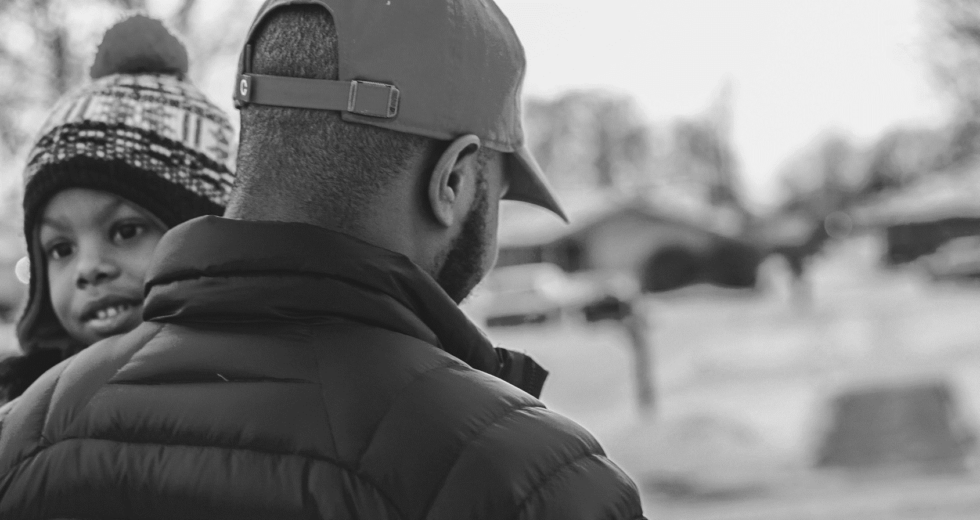A Substantial Number of Youth Experiencing Homelessness are Pregnant or Parenting

The high percentage of youth experiencing homelessness who are pregnant or parenting stands in stark contrast to the dramatic decline in adolescent and young adult birth rates in the U.S. over the past two decades. Many of these young parents are homeless with their children. For pregnant and parenting youth who are homeless, the difficulties of coping with pregnancy and parenthood is compounded by the trauma youth have experienced and the ongoing stress of not having a safe or stable place to live with their children. This is the third in a series of briefs from the Voices of Youth Count initiative.
What We Did
This brief draws upon data from multiple research components to provide a holistic perspective on the topic of pregnant and parenting youth experiencing homelessness in America. These include a nationally-representative phone based survey of adults, surveys of youth and service providers in 22 counties, in-depth interviews with youth in 5 of those counties, and a systematic review of evidence on interventions to prevent and address youth homelessness. The integration of data collected using different methods and representing different perspectives allows for broader and deeper insights on youth homelessness and opportunities for action.
What We Found
- Pregnancy and parenthood are common among youth experiencing homelessness
- A substantial number of young parents experiencing homelessness have their children with them
- About 1.1 million children have a young parent who experienced homelessness in the past year
- Relatively few homeless service providers serve minor parents
- It can be difficult for young families experiencing homelessness to maintain relationships while receiving services
- Pregnancy and parenthood may increase the risk of youth homelessness
What It Means
The high prevalence of homelessness among pregnant and parenting youth means that many young parents and children are experiencing homelessness during critical developmental periods. This insight should drive policymakers, providers, and advocates to ensure that holistic and developmentally appropriate services are available to young families experiencing homelessness. Homeless service providers should also design programs that recognize the importance of the relationships pregnant and parenting youth have with partners and co-parents, so that young people do not need to choose between preserving their relationships and accessing resources. Finally, providers should ensure that shelter and housing are available for all young parents, regardless of their age, gender or marital status. They should also do a better job of engaging fathers, regardless of whether they have physical custody of their children.
More research should be done to adapt evidence-based pregnancy prevention and risk reduction programs for youth experiencing homelessness and to test models that provide prenatal and post-partum care in non-traditional settings to address youth’s sexual and reproductive health needs.
Recommended Citation
Download Report Download One Pager



 Thank you for your interest in Chapin Hall’s research. Please share some information to access this file.
Thank you for your interest in Chapin Hall’s research. Please share some information to access this file.